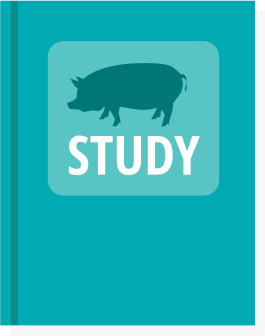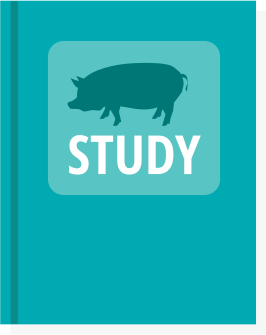Is Food Safe?
How do you know you don’t have to worry about antibiotics in meat?













Extensive testing determines how long it takes for antibiotics to leave an animal’s system (known as withdrawal periods)




Regulators review the studies and proposed withdrawal periods and approve or reject them






By law, animals given an antibiotic cannot be processed until the withdrawal period ends




Meat is tested before it leaves the processing plant to ensure there are no unsafe residues (by USDA and companies involved)




Then the meat is available for the public


1
2
3
4
5
 You
You